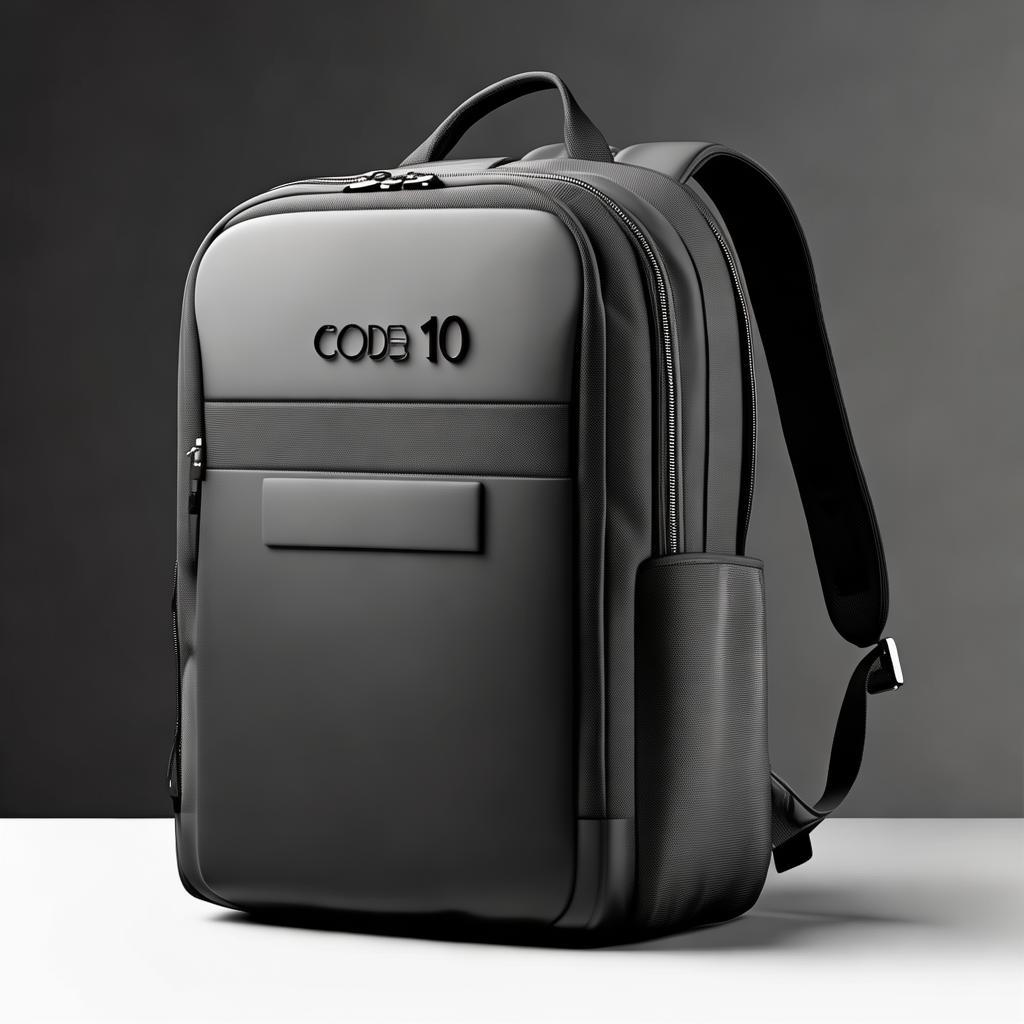Abs: The Recognized Face Muscle in the Fitness World
In the realm of fitness, when the topic of the most – recognized face muscle comes up, some might point to the pectoral muscles. There’s a common belief that newbies focus on chest exercises because they draw a lot of attention. However, I hold a different view. I think the abs should be regarded as the recognized face muscle in the fitness circle. Fitness is a pursuit for both men and women. For men, well – shaped pecs are indeed appealing, but for both genders, abs are more representative. Having well – defined abs not only enhances overall attractiveness but also helps reduce fat around the waist and abdomen, contributing to better health.
That’s precisely why so many people are enthusiastic about abdominal training. They start with basic moves like crunches and leg lifts and then move on to more advanced routines such as the abs ripper in fitness software. But what if the abs ripper no longer poses a challenge? It’s time to level up the training program. The abdominal muscle groups consist of rectus abdominis, rectus transversus abdominis, external obliques, and internal obliques, all of which are part of the body’s core muscle groups. At this stage of training, the focus should be on improving the strength of the entire core muscle groups, and one effective tool for this is the abdominal exercise wheel.
Types of Abdominal Exercise Wheels
Today, there are various types of abdominal exercise wheels on the market, including single – wheel, double – wheel, and multi – wheeled ones. Despite their differences, they all aim to stimulate the core muscle groups. Let’s take a look at some of the more representative types:
1. Abdominal Wheel with Brake Assist
This type of abdominal wheel usually has a well – contoured design. For those with weaker core strength, the braking and assistance functions make it easier to get started. Its wide wheels increase the contact area with the ground, ensuring more stable movement, and the non – slip handle reduces stress on the wrist joint. The independent braking function prevents over – extension when pushing to the limit, avoiding irregular movements due to insufficient core strength. The assistance function eases the centripetal contraction process, making it a safer and more accessible option for beginners.
2. Multi – wheel Sets of Abdominal Wheels
The main advantage of multi – wheeled abdominal wheels is increased balance. When using an abdominal wheel, maintaining balance is a crucial aspect of core strength, and it can be challenging to control the wheel with a weak core. These multi – wheeled abdominal wheels help stabilize the core and can come with or without brakes and assistance features.
3. Double Abdominal Wheel
As the name implies, a double abdominal wheel consists of two wheels side by side. Some double abdominal wheels have boosters and brakes; here, we focus on the one without a booster. The total width of the two wheels is generally no more than 6 cm, and its smaller contact area with the ground compared to the previous two types requires more core strength to control. So, it is more suitable for individuals with strong core strength.
4. Single Hand – held Wheel Abdominal Exercise Wheel
This abdominal wheel is distinct from the previous three types. It mainly consists of two separate parts, one for each hand, used in combination during training. It has no assistance or brakes, and the entire process is controlled by core strength. While the first three types involve gripping the ends of the same handle with both hands and can be used in synergy, the single – hand abdominal exercise wheel requires two hands to control separately, demanding more strength in the core, chest, shoulders, and arms.
The above four types are common abdominal exercise wheels, ranging from easy to difficult. If you’re looking to train your abs, you can select an abdominal exercise wheel of an appropriate difficulty level according to your actual situation to achieve better training results.





